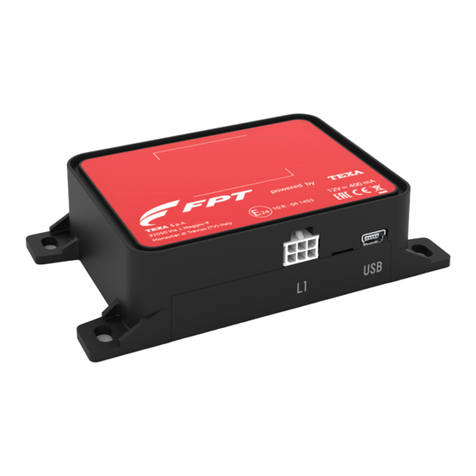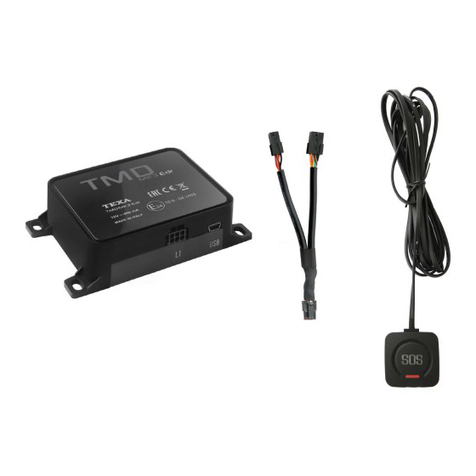
SUMMARY
Review of the Manual...............................................................................5
INTRODUCTION......................................................................................6
1 ABOUT THE MANUAL........................................................................7
2 LEGEND OF THE SYMBOLS USED..................................................8
3 GLOSSARY........................................................................................9
4 GENERAL SAFETY REGULATIONS...............................................10
4.1 Glossary...............................................................................................10
4.2 Operator Safety Regulations................................................................10
4.2.1 General Safety Regulations......................................................................10
4.2.2 Risk of Asphyxiation.................................................................................10
4.2.3 Risk of Impact and Crushing.....................................................................10
4.2.4 Hazards Caused by Moving Parts............................................................11
4.2.5 Risk of Burning or Scalding......................................................................11
4.2.6 Fire and Explosion Hazard.......................................................................12
4.2.7 Noise Hazard............................................................................................12
4.2.8 High Voltage Hazard.................................................................................12
4.2.9 Poisoning Hazard.....................................................................................13
4.3 General User and Maintenance Warnings...........................................14
5 SPECIFIC SAFETY RULES FOR USING TMD MK3 DIAG..............15
5.1 Glossary...............................................................................................15
5.2 General Rules......................................................................................15
5.3 Operator Safety....................................................................................16
5.4 Device Safety.......................................................................................16
6 OPERATION OF THE RADIO DEVICES..........................................18
7 NORMATIVE INFORMATION...........................................................19
8 TMD MK3 DIAG................................................................................20
9 DESCRIPTION..................................................................................21
10 POWER SUPPLY ..........................................................................22
11 LOCATION OF THE DIAGNOSTIC SOCKET................................23
12 INSTALLATION...............................................................................24
3
en

































